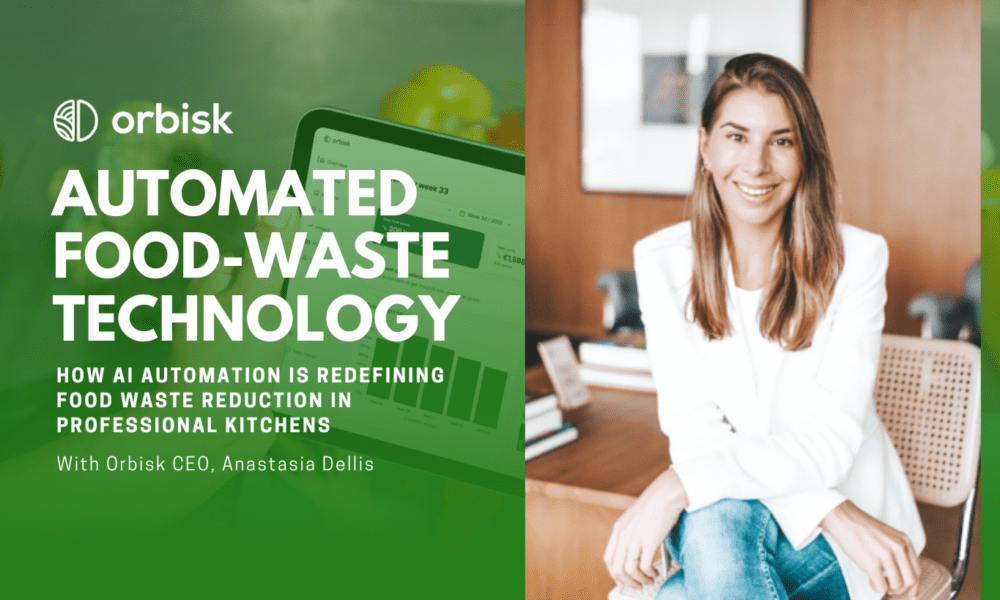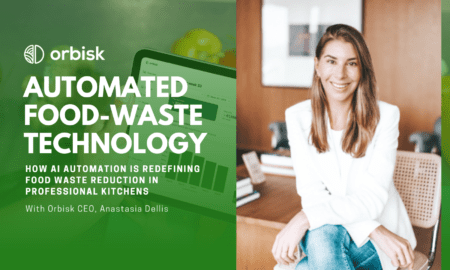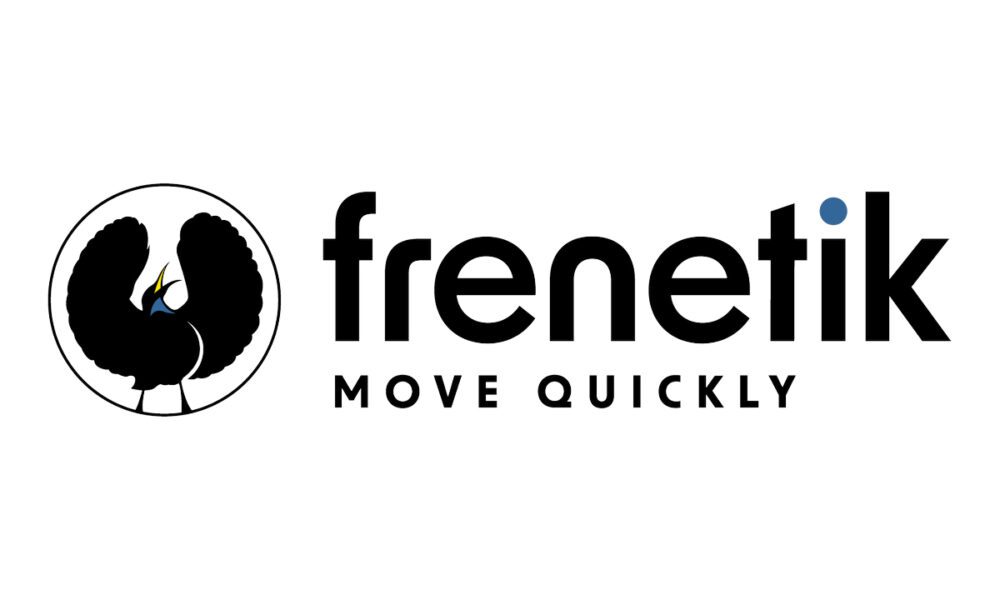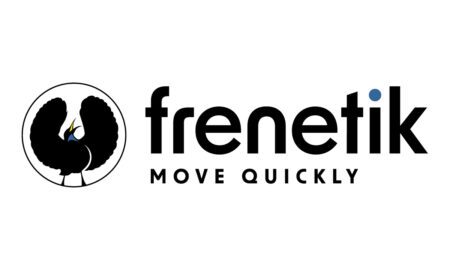Growing a SaaS business goes far beyond adding users. A key aspect is to ensure revenue remains predictable, stable and growing over time – that’s where Annual Recurring Revenue (ARR) comes in. You may have heard this term bandied about, but do you know how to calculate ARR and its true significance? ARR is one of the key metrics in SaaS for tracking growth and planning ahead for investors’ input.
But make no mistake: getting it wrong could mean bad business decisions, overestimating revenue projections or breaking investor trust!
Building a Scalable Revenue Model
Not all revenue is created equal. One-off payments don’t provide long-term security, so subscription-based pricing forms the backbone of SaaS offerings. Within subscription models themselves there can be important decisions to be made. Monthly plans can offer flexibility and attract customers, but annual ones improve cash flow more steadily – striking the appropriate balance can lead to sustained growth and expansion.
Pricing strategies also play a pivotal role. Some companies employ freemium models where basic services are free but premium features cost extra, while others use tiered pricing to meet various customer segments’ needs and ensure businesses of any size find an arrangement suitable to them. Your decisions now will determine how predictable and sustainable revenue will be in future years.
Key Financial Metrics You Should Monitor
ARR is just one piece of the financial puzzle; to truly scale, businesses must monitor other important metrics as well. Monthly Recurring Revenue (MRR) provides insight into short-term revenue trends while customer churn rate tracks how many customers leave over time; its high level can indicate potential issues related to customer satisfaction or product fit that necessitate its monitoring.
Customer Acquisition Cost (CAC), while important, must not become prohibitively costly for companies as its growth may become unsustainable. Conversely, Customer Lifetime Value (CLV) helps determine whether customers provide enough long-term value to justify acquisition costs; CLV should ideally exceed CAC. Finally, gross margin demonstrates how much of revenue actually turns into profit after covering operational expenses.
Managing Cash Flow While Scaling
Cash flow management while scaling is important to any SaaS business, no matter its revenue levels. Unfortunately, startups often make the mistake of scaling too rapidly – hiring too many employees or overspending on marketing before their revenue can support it – leading to financial strain and forcing businesses to drastically cut expenses quickly.
Businesses looking to avoid cash flow issues must regularly assess how much cash is coming in versus out, make strategic hiring choices, and monitor how their expenses compare with expected income. Marketing efforts that don’t provide clear returns can quickly consume resources; careful budgeting ensures companies continue growing without financial instability.
Funding options have an effect on cash flow as well. Bootstrapping allows for slower but more controlled growth while raising capital can accelerate scale-up but create additional pressure from investors. Selecting an approach depends on a company’s goals and financial health.
Optimize ARR for Long-Term Growth
Optimizing ARR doesn’t solely mean increasing customer acquisition; retention strategy plays just as vital a role. Satisfied customers tend to stay loyal over time; thus strong customer support, clear onboarding processes and continuous product improvements should all play their parts. When implemented strategically, retention plans can significantly boost ARR over time.
Upselling and cross-selling are other proven strategies for increasing ARR. Instead of solely concentrating on recruiting new users, companies can maximize revenue by encouraging existing ones to upgrade or buy extra features or plans. Expanding into new markets may also prove fruitful: for instance a product designed for smaller organizations could easily appeal to larger enterprise clients by adapting pricing or positioning to make its product attractive to larger clients.
Pricing strategies must be assessed frequently. Many SaaS businesses underprice their products out of fear that higher costs will drive customers away, but when delivered properly, customers are often willing to pay more. Experimentation can help find an equilibrium point between revenue growth and customer retention.
Final Thoughts
Scaling a SaaS business takes more than just increasing signups – it requires developing an overall financial strategy that supports sustainable long-term expansion. Learning the art of ARR calculation, managing cash flow efficiently and optimizing pricing strategies all contribute to sustainable success. Understanding these elements doesn’t just happen by chance; rather, its creation takes careful planning, smart decision-making and an emphasis on continuous improvement that ensures businesses that learn these techniques thrive!

































